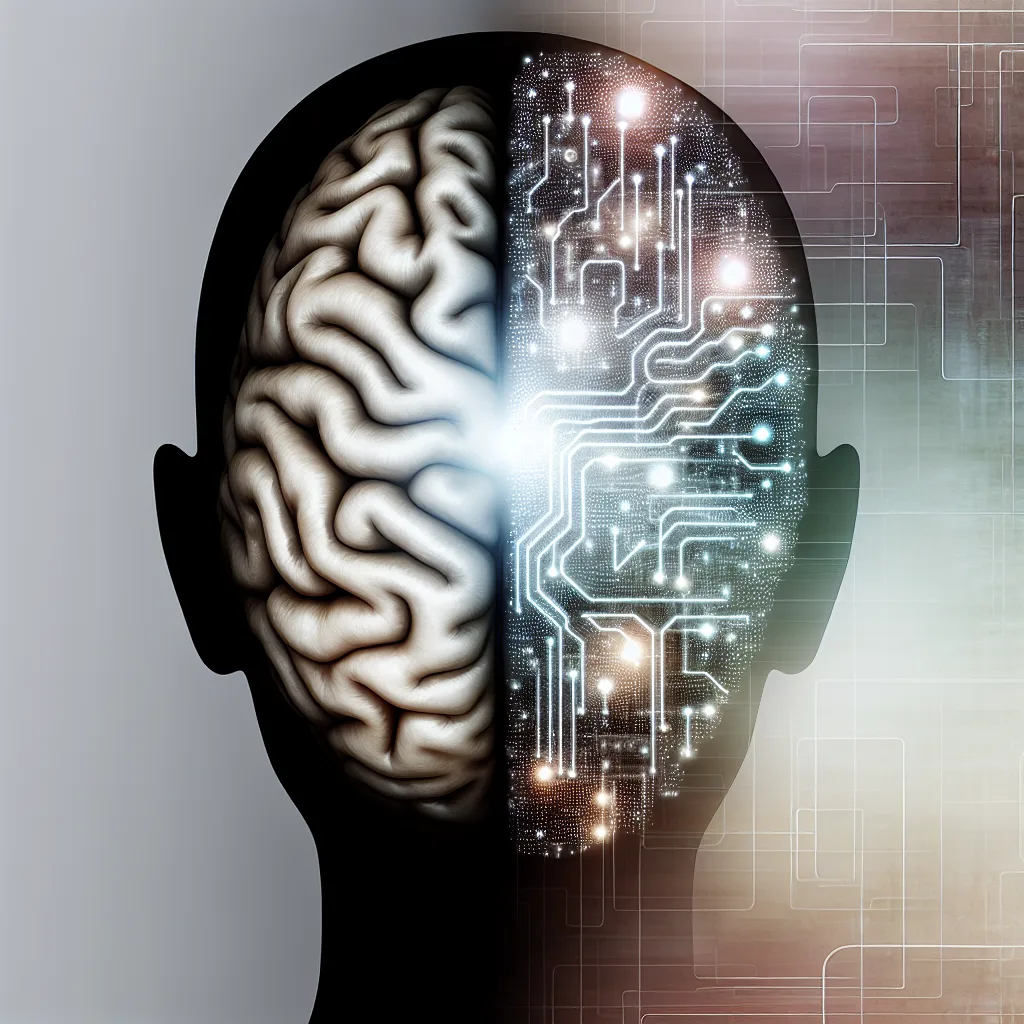Understanding intelligence remains a mystery, so how can we expect to build machines that truly think?
Have you ever stopped to think about what intelligence really means? As of 2025, despite all the talk about artificial intelligence (AI), we’re still nowhere near understanding intelligence itself — at least not the way it truly functions in humans. This is especially important when many are confident about creating Artificial General Intelligence (AGI), machines that can think and learn like humans, or even something beyond that, Artificial Superintelligence (ASI). But let’s step back for a minute and ask the simple question: Do we really know how intelligence works?
Why Understanding Intelligence Matters
It’s tempting to jump straight into building smarter machines because the tools are getting better every day. We have advances in machine learning, neural networks, and deep learning that can do specific tasks incredibly well. But none of these breakthroughs actually mean we understand intelligence on a fundamental level. Intelligence involves so much more than just processing data—it includes creativity, reasoning, common sense, emotional understanding, and much more.
Right now, the scientific community has no clear model or theory that fully explains how human intelligence works. This mystery is why talking about building AGI or ASI can sometimes feel a lot like the Emperor’s New Clothes—a grand idea without a solid foundation.
The Problem with AGI Enthusiasm
People often talk about achieving AGI like it’s just a matter of crunching more data or building bigger neural networks. But that’s missing the point. You can’t build something you don’t understand, at least not in any meaningful, reliable way.
Before we get excited about machines that can surpass human intelligence, shouldn’t we be questioning the basic premise?
“So, you want to build a machine that’s intelligent? Great. Can you first explain what intelligence is and how it works?”
That might seem like a simple question, but it’s one that’s surprisingly hard to answer.
Tools vs. True Intelligence
Sure, we have incredible tools that automate learning and pattern recognition. They help us with everything from translating languages to diagnosing diseases. But these tools are fundamentally different from what we call intelligence. They’re narrow, specialized, and designed for particular tasks—not flexible and general like human thought.
The conversation about AGI needs a lot more humility and honesty about what we really know. Instead of hyping the possibility of building true intelligence, maybe we should focus on acknowledging how far we still have to go.
Where Do We Go From Here?
Understanding intelligence better is a huge scientific challenge stretching across neuroscience, psychology, cognitive science, and computer science. It requires hard questions, rigorous research, and a willingness to admit we don’t have all the answers.
Here are some places you might want to explore to understand the topic more deeply:
– The Human Brain Project aims to simulate aspects of how the human brain functions.
– MIT’s McGovern Institute for Brain Research explores fundamental questions about neuroscience and cognition.
– Stanford’s AI research resources offer insights into both current AI capabilities and challenges.
We’re all fascinated by the potential of AI and what the future might hold, but sometimes the best way forward starts with admitting what we don’t yet understand. Who knows, maybe someday someone will crack the code on intelligence—but for now, let’s keep asking questions and stay curious.
If you’re interested in intelligence and AI, the journey is just beginning. The mystery around understanding intelligence is what makes this field so exciting and so real to explore.
